SUMMARY
VENOM: Highly Toxic
PREVALENCE: uncommon
ACTIVE PERIOD: Active at night
KEY ID FEATURES: Bright red head and tail, black body with white interstitial skin, keeled body, hexagonal vertebral scales
BEHAVIOR: Hunts on the ground at night, moves slow but capable of strikes if surprised, generally will flee
SIZE: Medium - ~1.5M
OTHER: Can be mistaken with the blue coral snake
QUICK ASSESSMENT 0-10
VENOM REVIEW*
TBC
GALLERY
IMPORTANT: Many snakes have significant variance in coloration and pattern even within the same species. There can also be extreme differences in appearance from juveniles to adults so it is important to never assume you have properly identified a snake.
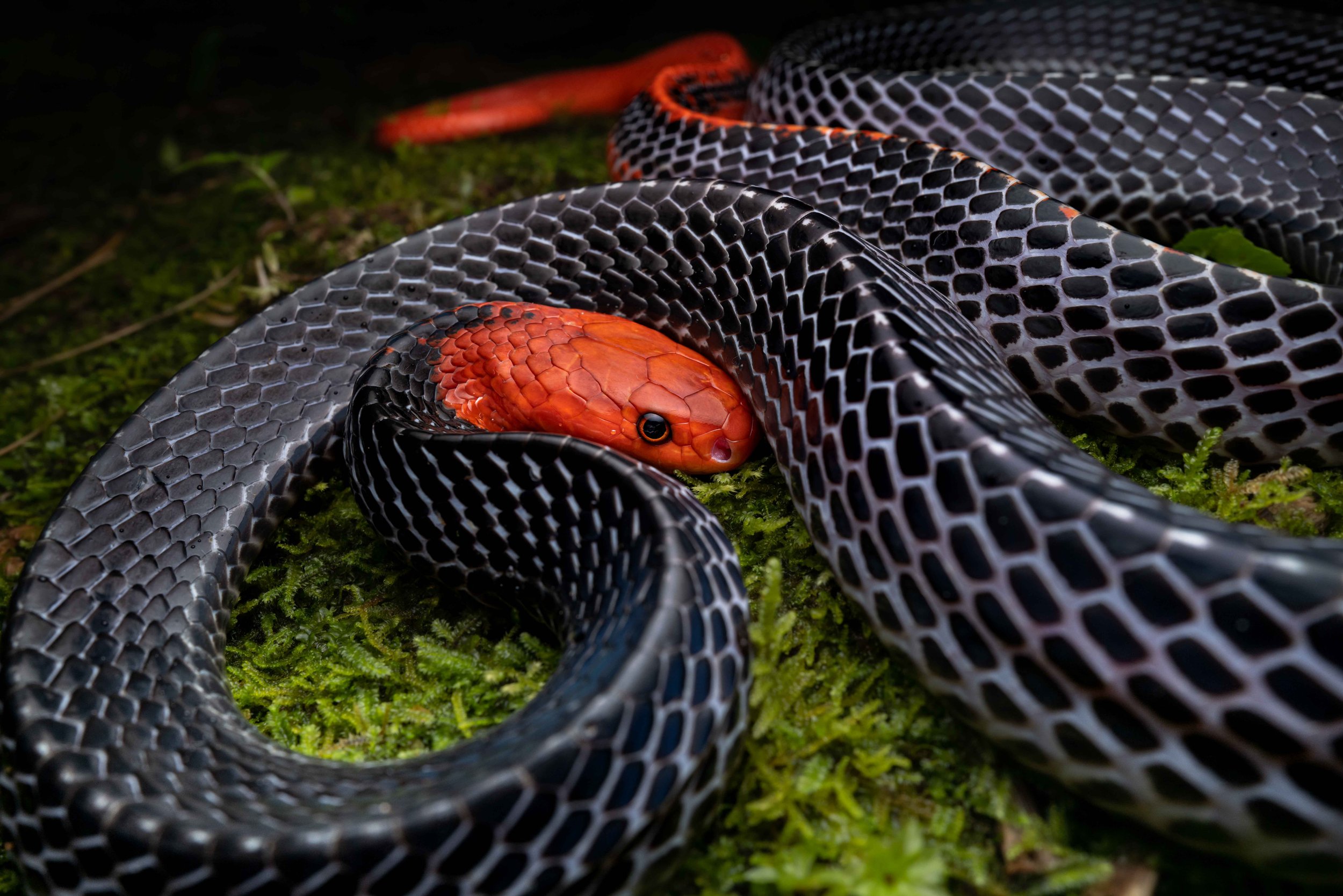

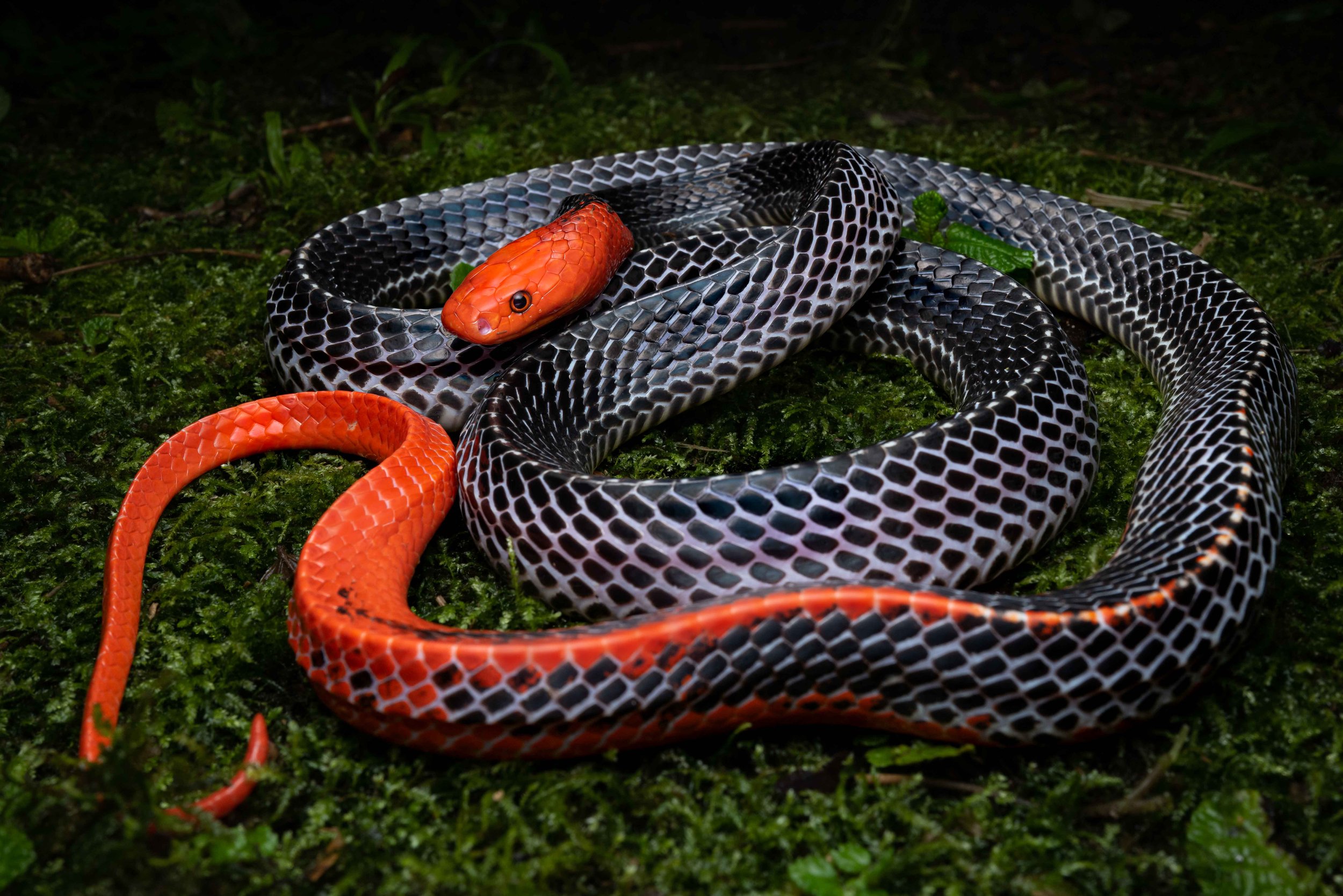
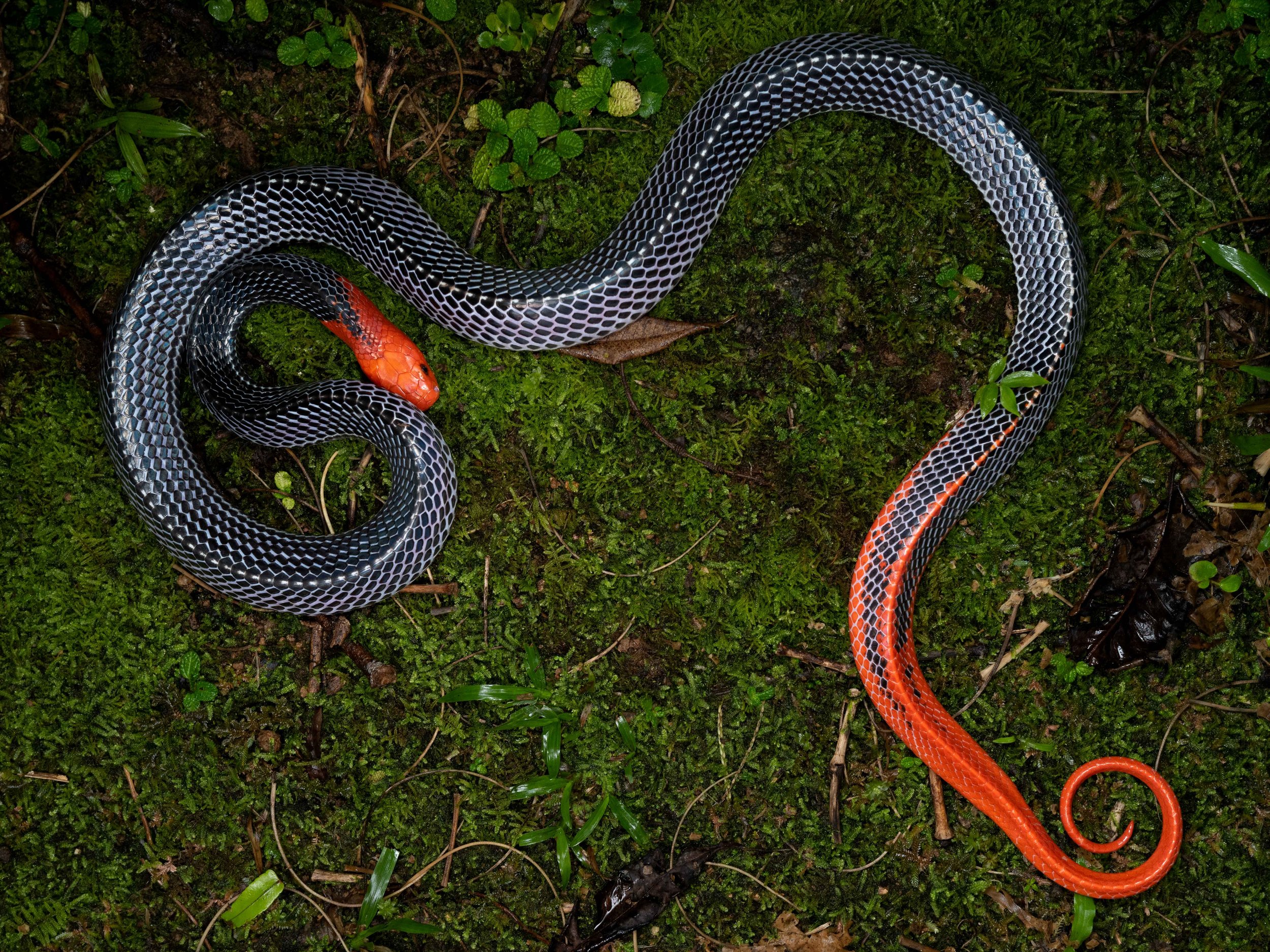
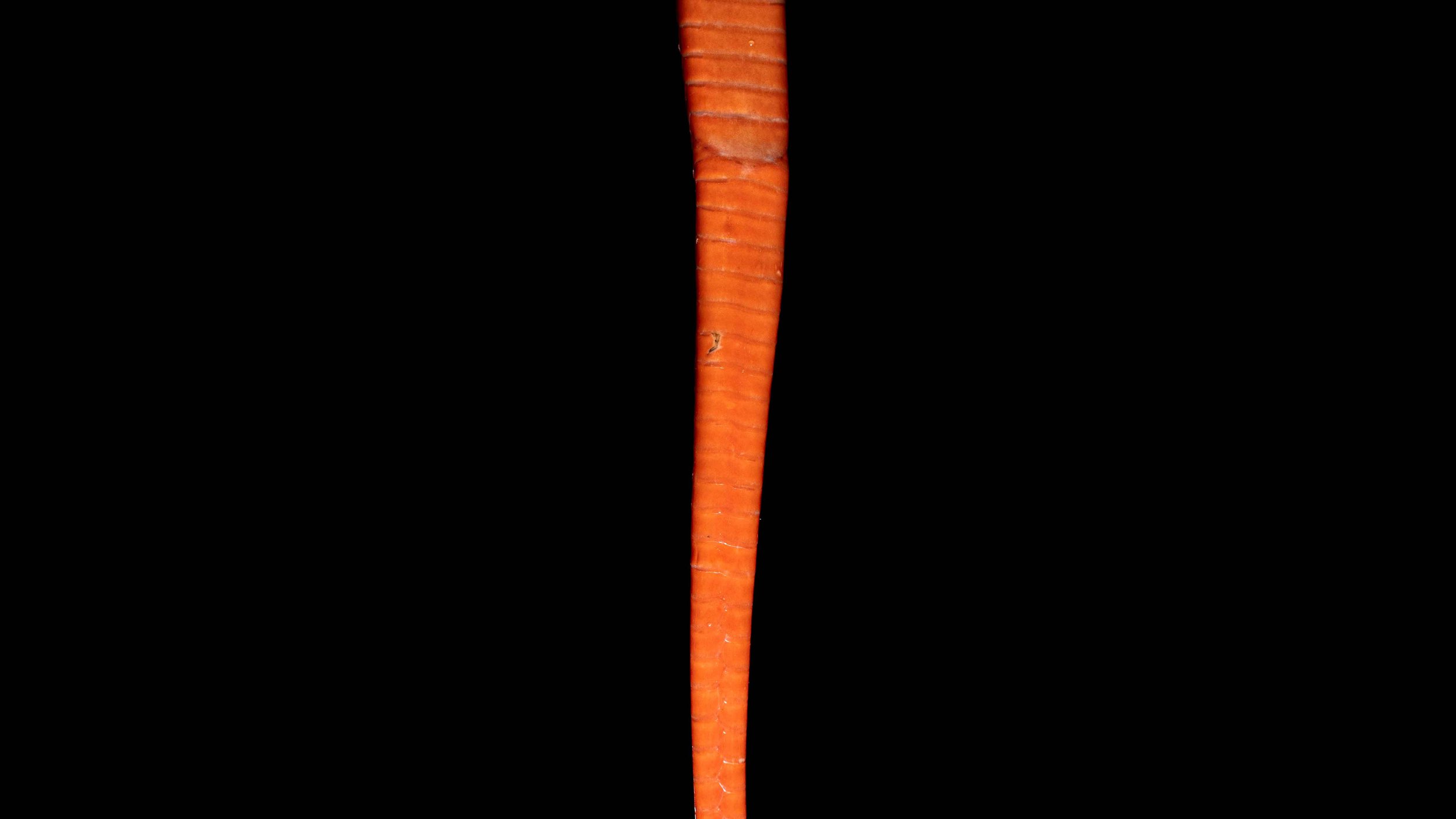
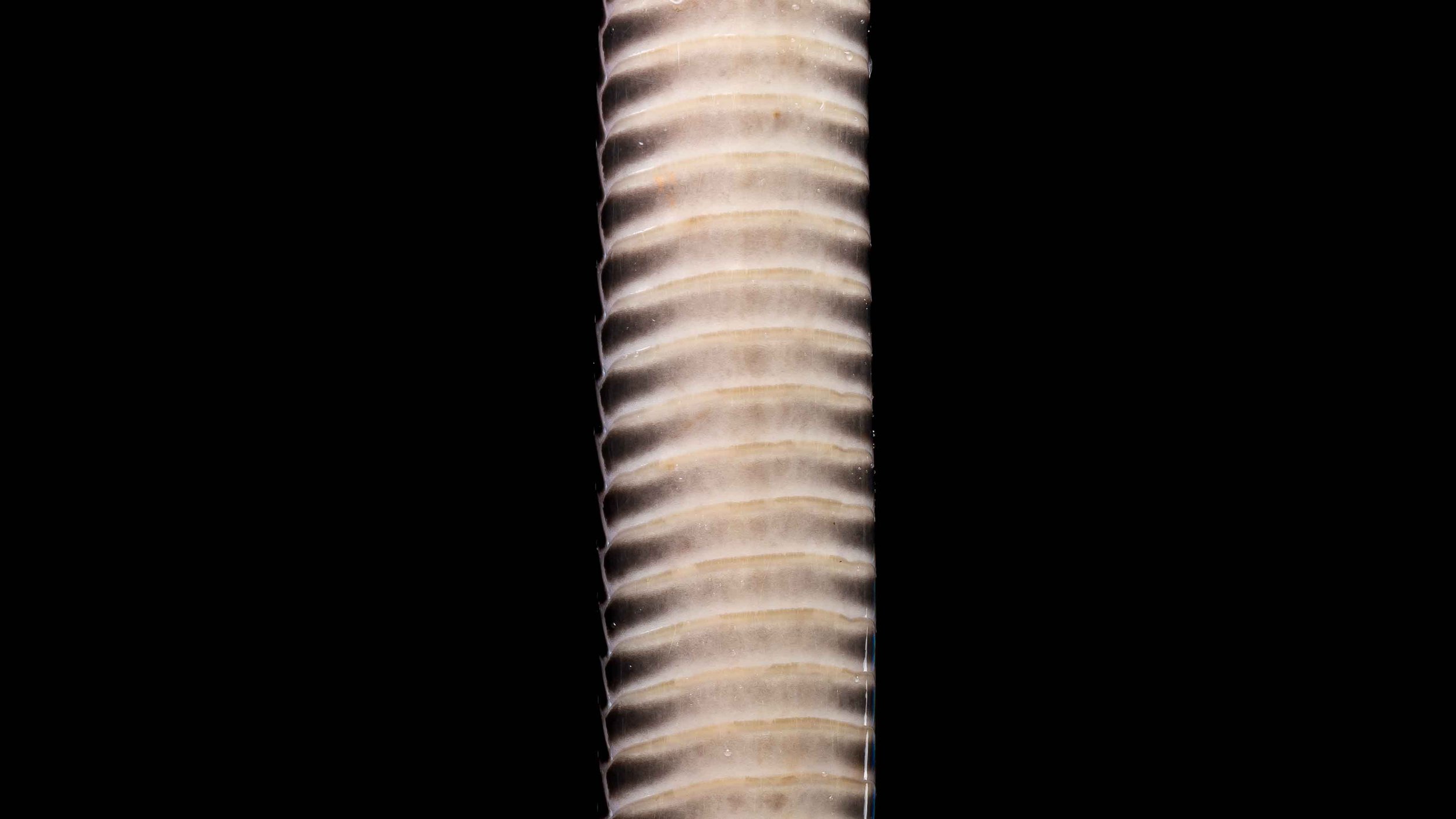

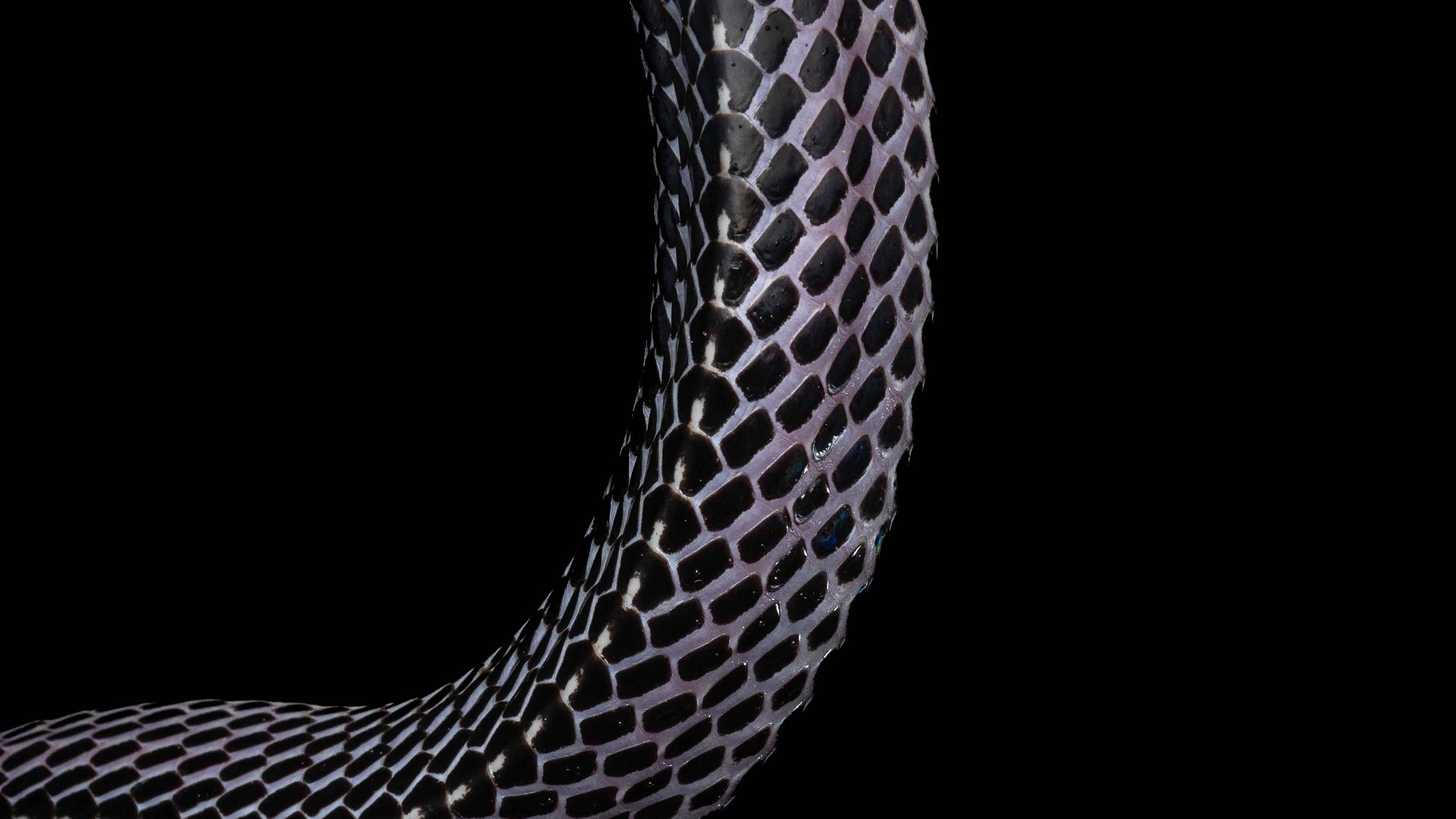
DESCRIPTION
Bright red head and tail, heavily contrasted against the black body and bright white interstitial skin. Heavily keeled body, large hexagonal vetebral scales. White or cream colored ventrals. Undivided anal plate, subcaudals start as a single row and the become split, a relatively unique feature. Relatively heavy bodied for the genus and can reach lengths in excess of 1.5 meters.
BEHAVIOR
Active at night and mainly hunts other snakes though also known to opportuitiscally eat other small mamals and herpetofauna. Generally docile when approached they are capable of striking from multiple directions and will normally do so without taking much of a defensive stance which can be surprising. Normally slow and deliberate in their movement they are capable of moving quickly if fleeing. This species is also known to have a jaw capable of twisting sharply even when held behind the head increasing the risk of a bite if handled. As one of the most toxic snakes in Asia the Red-headed Krait should never be interfered with.
HABITAT
The Red-headed Krait is a terrestrial species often hunting in water gutters, by trail sides and by abandoned structures in forested areas, often adjacent to or near by streams or other water sources. A less common encounter for most given its nocturnal nature, it is possible to bump into one on the trail and if so they should be give a wide berth and left alone.
MISTAKEN IDENTITY
NO SNAKE SHOULD EVER BE HANDLED BY ANYONE BUT EXPERTS: The Red-headed krait can be confused with the also venomous blue coral snake especially as juveniles. It’s size and coloration are the best differentiators when mature. This is a highly toxic species and should not be interefered with.

